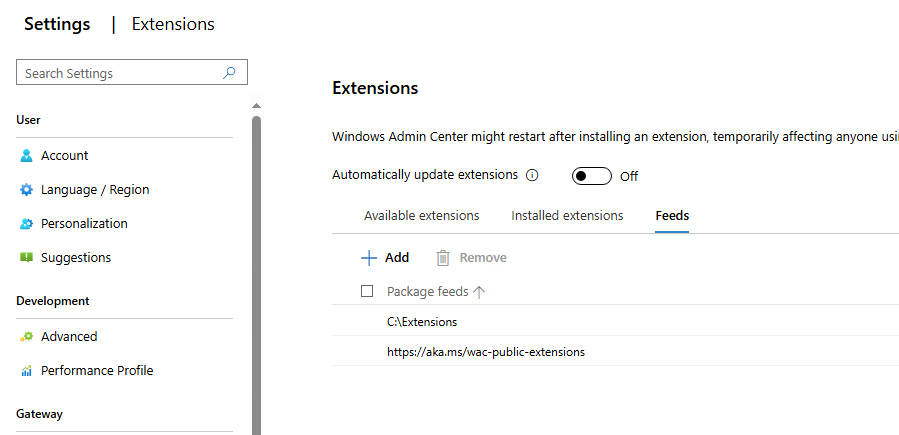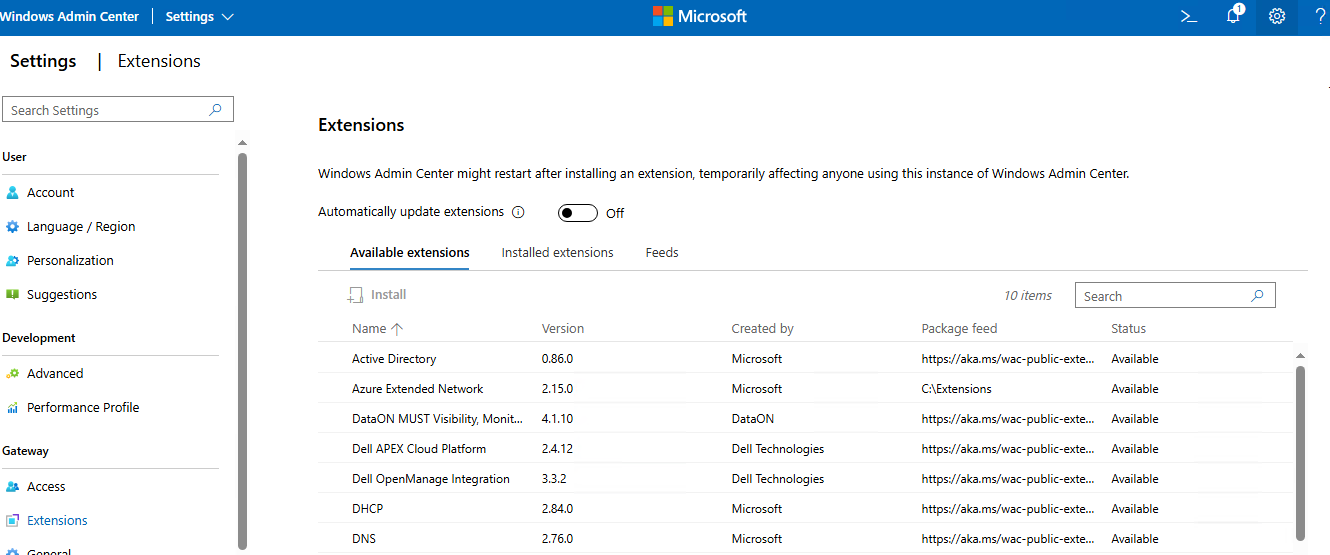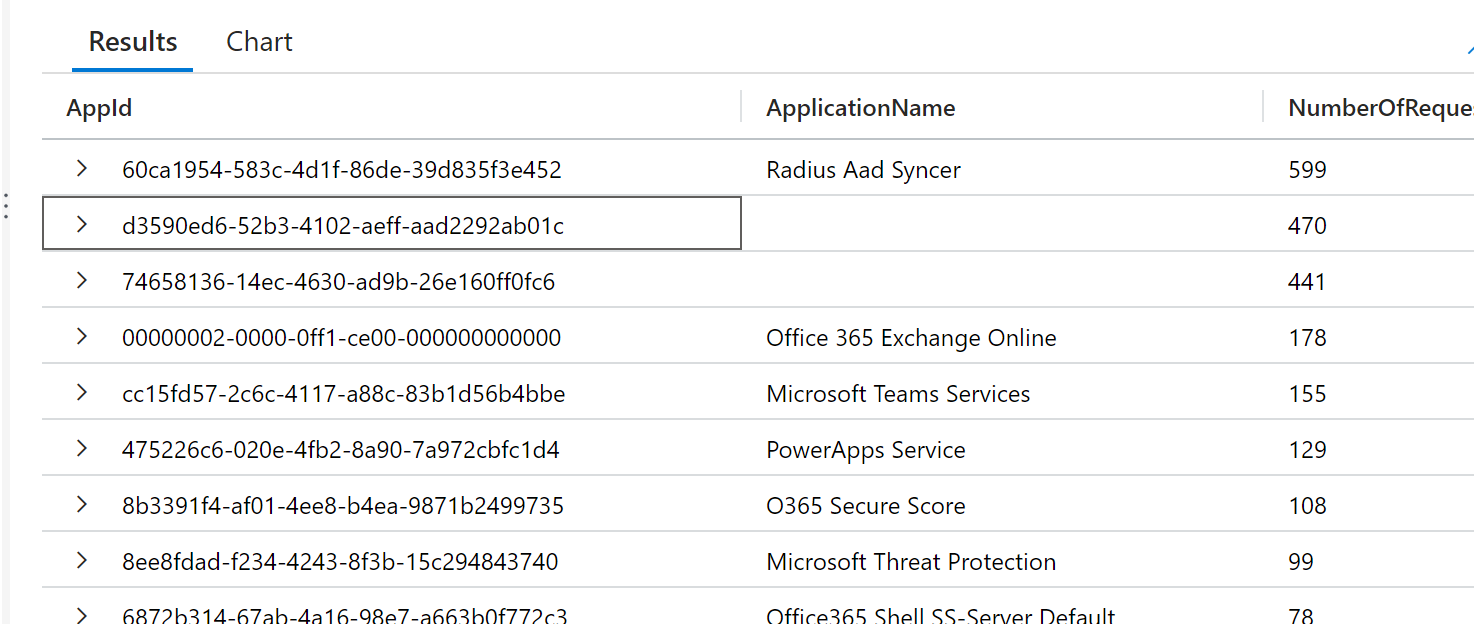Azure Migrate – check new features
Azure and Office 365: Seamless Integration (Next Post in Series)
🔹 Feature: Azure Migrate
🔹 What It Does: This tool assists you in migrating your workloads to the Microsoft cloud.
✅ Discovery and Assessment: Identify and evaluate on-premises applications, servers, and databases for migration readiness.
✅ Server Migration: Seamlessly transfer virtual and physical servers to Azure.
✅ Database Migration: Simplify the process of moving databases to Azure SQL with minimal downtime.
✅ Application Modernization: Analyze and modernize .NET and Java applications for cloud efficiency.
✅ Integration with Azure Tools: Works seamlessly with Azure Monitor, Azure Security Center, and other services for optimized management.
✅ Cost Estimation: Provides precise cost projections for migrating workloads to Azure.
✅ Performance Insights: Offers performance-based recommendations to enhance cloud efficiency.
🚀 Application awareness enhanced discovery and assessment workflows with an updated inventory view, dependency analysis, and centralized Action Center for managing migration issues
More info: https://learn.microsoft.com/en-us/azure/migrate/?view=migrate
#mvpbuzz #azurenews







